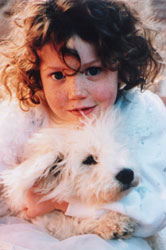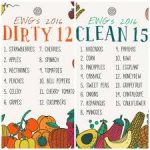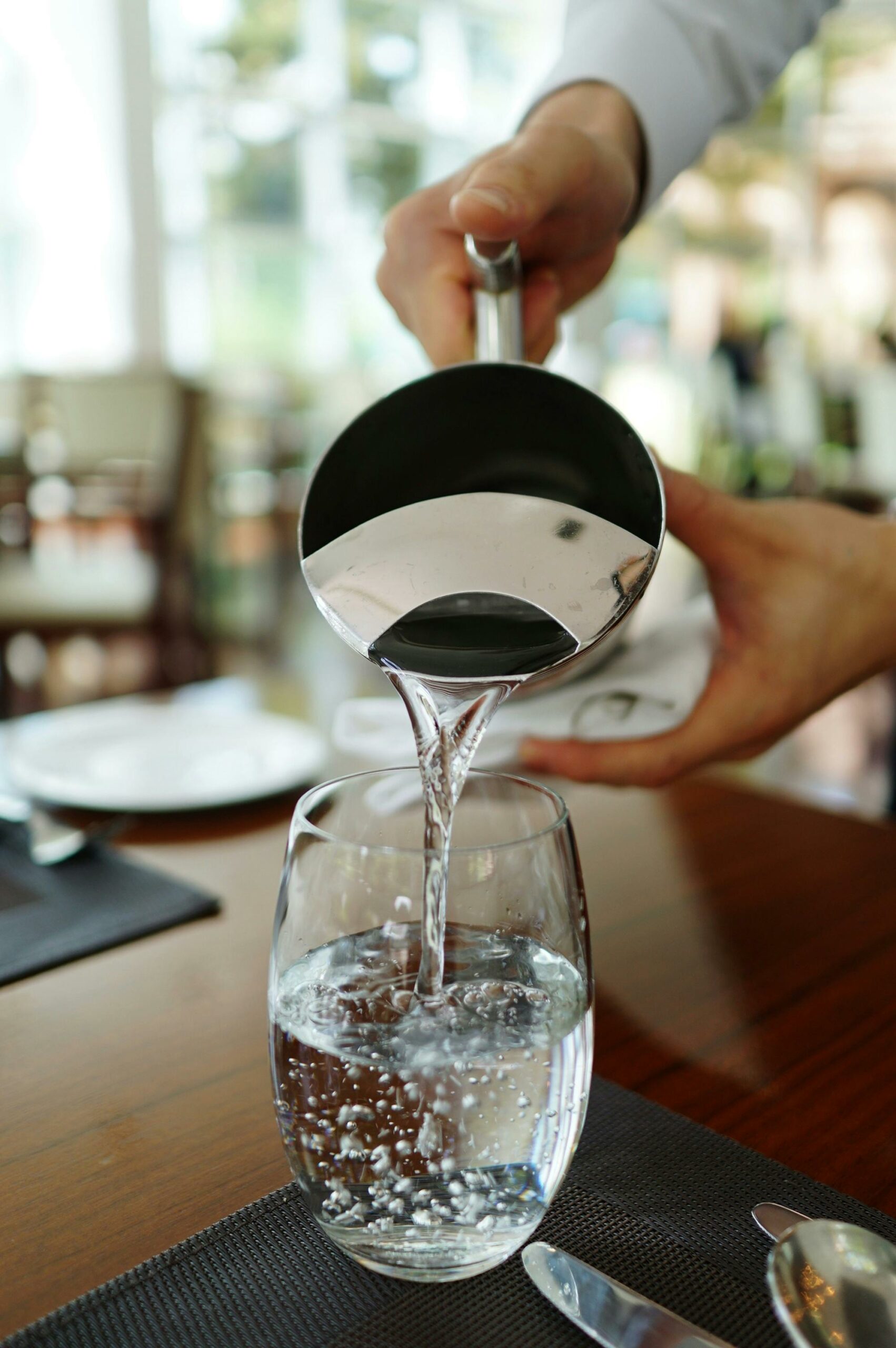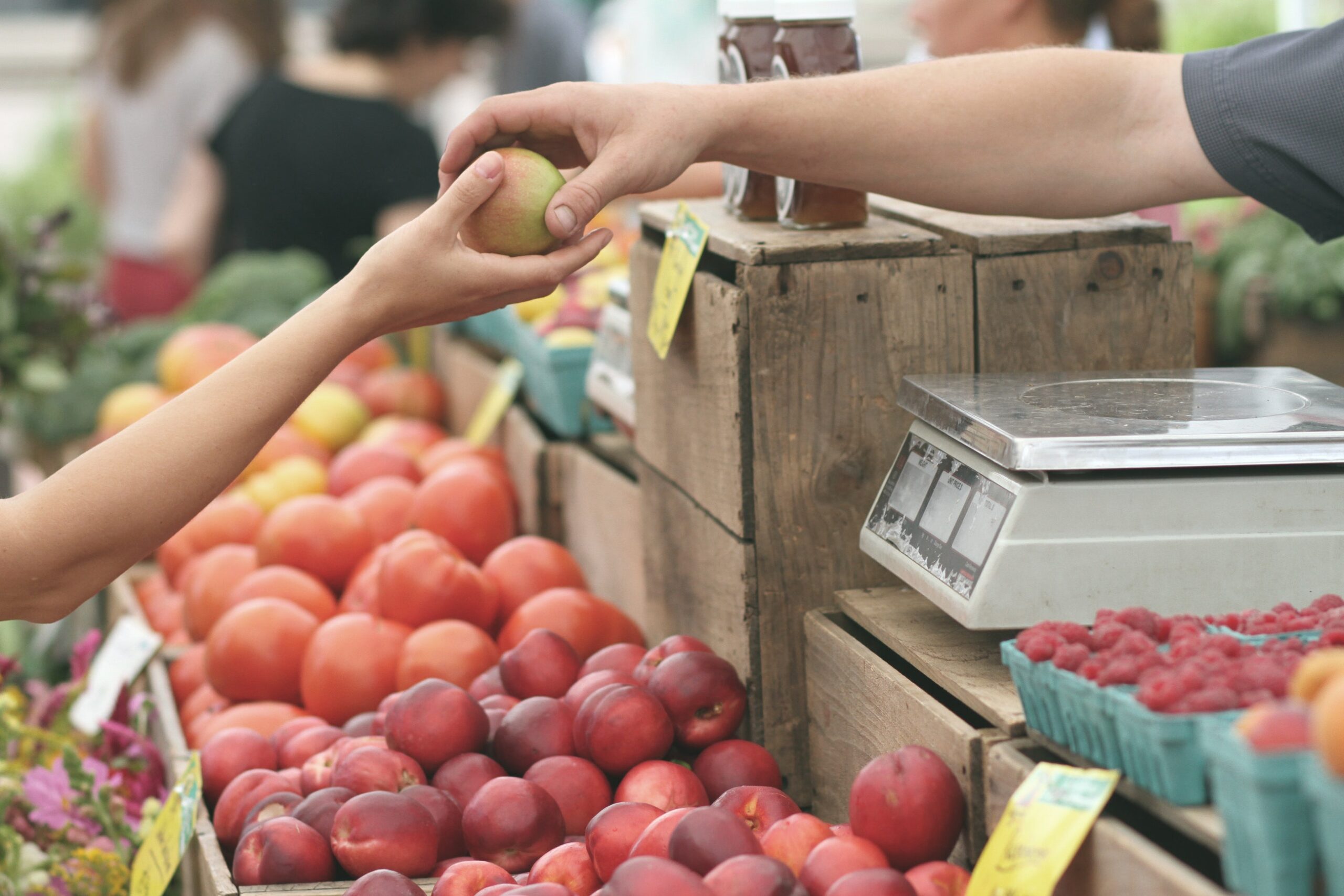Making Our Homes Safe
Category: Healthy Home

It seems like yesterday that I read about little Colette Chuda, age 5, who suddenly became stricken with Wilm’s Tumor, cancer that unfortunately took her life. The parents wanted to know if this was something genetic or did Colette succumb to something present in the environment and their search began.
As stated in their own story, t would take four years for their fears to be confirmed. In March 1995, they received a newly released study, “Parental Exposure to Pesticides and Risk of Wilm’s Tumor in Brazil” (1995), published by the American Journal of Epidemiology. The study revealed a link between parental pesticide use before pregnancy and the age of the child at the time of the diagnosis of Wilm’s Tumor. It said that maternal exposure to pesticides was most likely a cause of the disease when the tumor was diagnosed 48 months after the child’s birth. Colette was diagnosed when she was four years old — at exactly 48 months of age.
Because of this tragedy and the fact that Colette’s death could have been avoided, the Chuda’s, along with friends, raised funds to launch the Colette Chuda Environmental Fund (CCEF) to support scientific research on the risks to children from environmental toxics. They also began a movement among parents to be more aware of the toxins in our environment and founded Healthy Child, Healthy World, a wonderful blog that is continually reaching parents worldwide with important issues on how to keep our children safe.
In 2014, Healthy Child Healthy World merged with Environmental Working Group (EWG), a non-profit research and advocacy organization, based in Washington, D.C., to combine forces to protect human lives and the  environment. As a program of EWG, Healthy Child Healthy World’s purpose is to empower parents to take action and protect children against harmful chemicals. They are well known for our “Dirty Dozen” list of vegetables and fruits we should all be purchasing as organic.
environment. As a program of EWG, Healthy Child Healthy World’s purpose is to empower parents to take action and protect children against harmful chemicals. They are well known for our “Dirty Dozen” list of vegetables and fruits we should all be purchasing as organic.
Like most people, I always assumed that if a product was on the market, it must be safe; however, we are learning that nothing could be further from the truth. Actually, consumer products that we all use every day are filled with toxic chemicals, many of which would require special handling if used in a chemical laboratory or in the workplace. In fact, in industry, workers are required to wear special gloves, goggles, and sometimes a respirator when using some of the exact same products found in just about every home. We use these same chemicals at home with no protection at all and with no ventilation.
The Consumer Product Safety Commission reported that 150 common household chemicals have been linked to allergies, birth defects, cancer, and psychological abnormalities. One study conducted over a 15 year period found that women who worked at home had a 54% higher death rate from cancer than women who had jobs away from the home, due to daily exposure to hazardous chemicals found in ordinary household products.
I raised my own children using products my mother had used, never questioning the ingredients. Fortunately, I was introduced to a line of non-toxic household cleaners, including safe products for the dishwasher and for washing the clothes, and completely changed brands. I was thrilled to learn that not only was I getting rid of the chemicals in our household environment, but I was also eliminating the toxic waste when the containers are disposed of. I had learned that the most toxic substances to aquatic organisms were household bleach, all-purpose cleaners, laundry detergent, and dish detergent. I began to share these products with as many families as I could so we all could make a difference just as the parents of little Coletta Chuda have done. Their commitment to the environment through educating us about the hazards of environmental pollution is worth sharing.
If you are interested in making a difference yourself and would like to learn more about how to have a healthy, non-toxic home, just go here for more information.



Facebook Comments